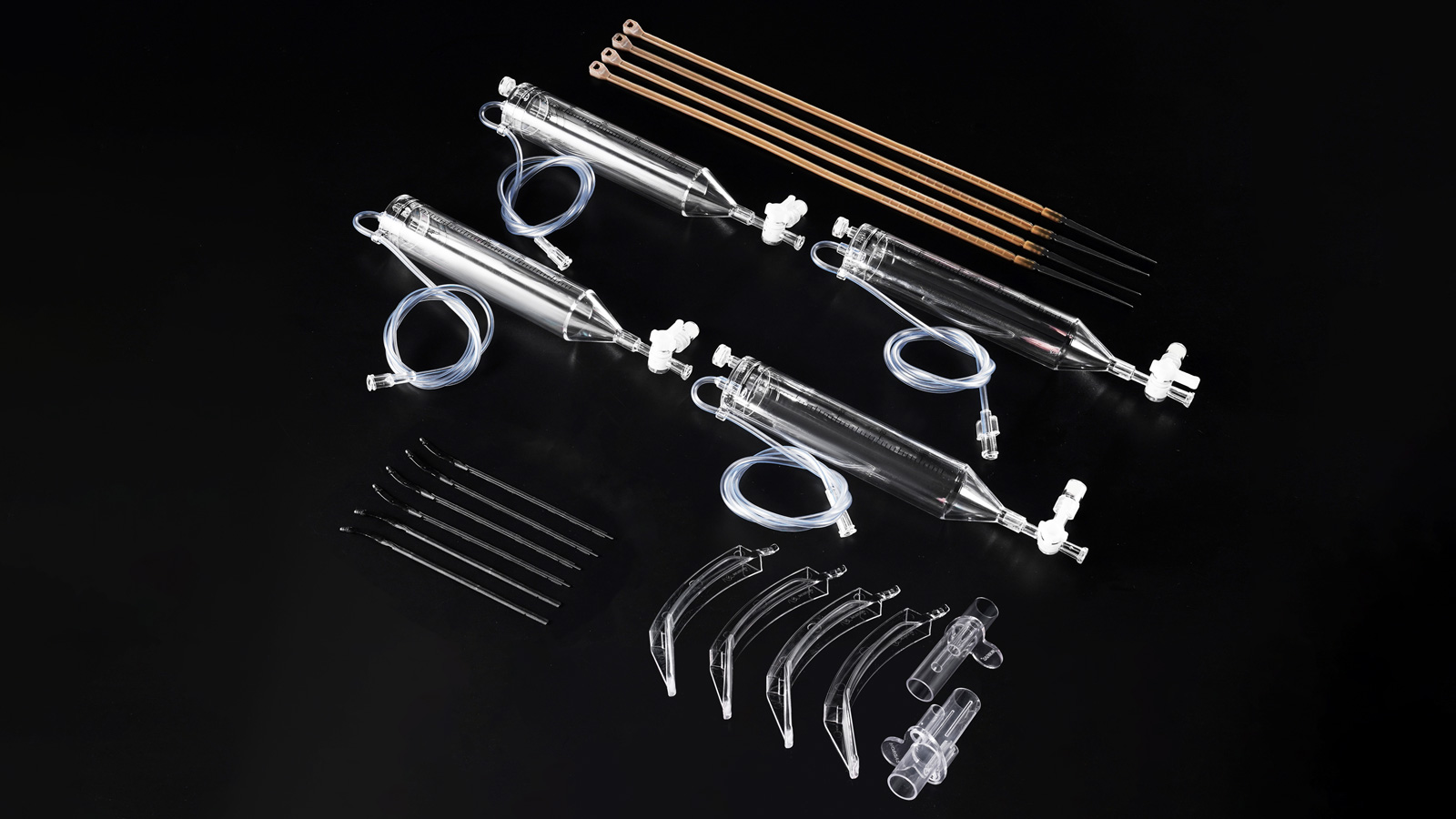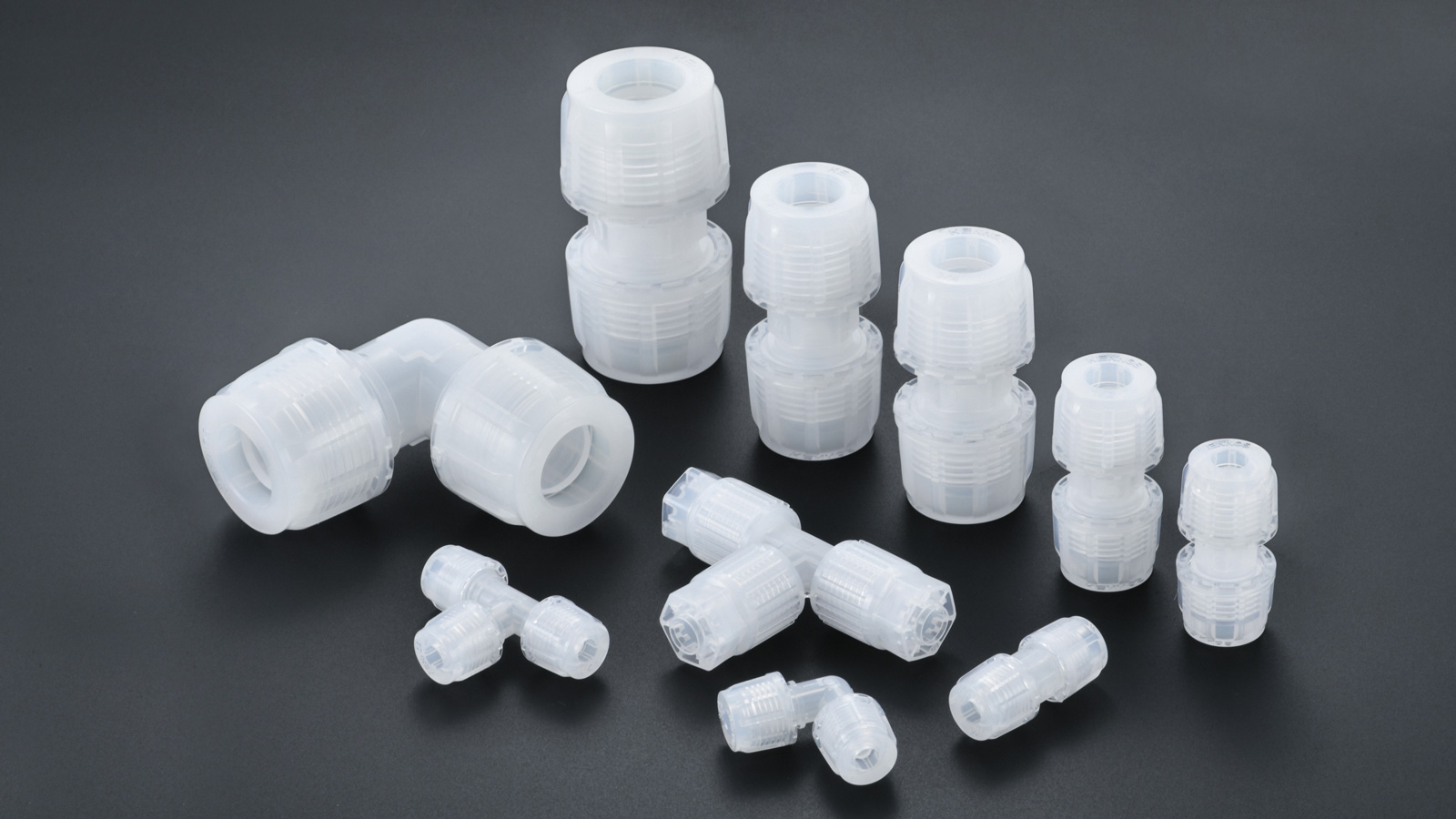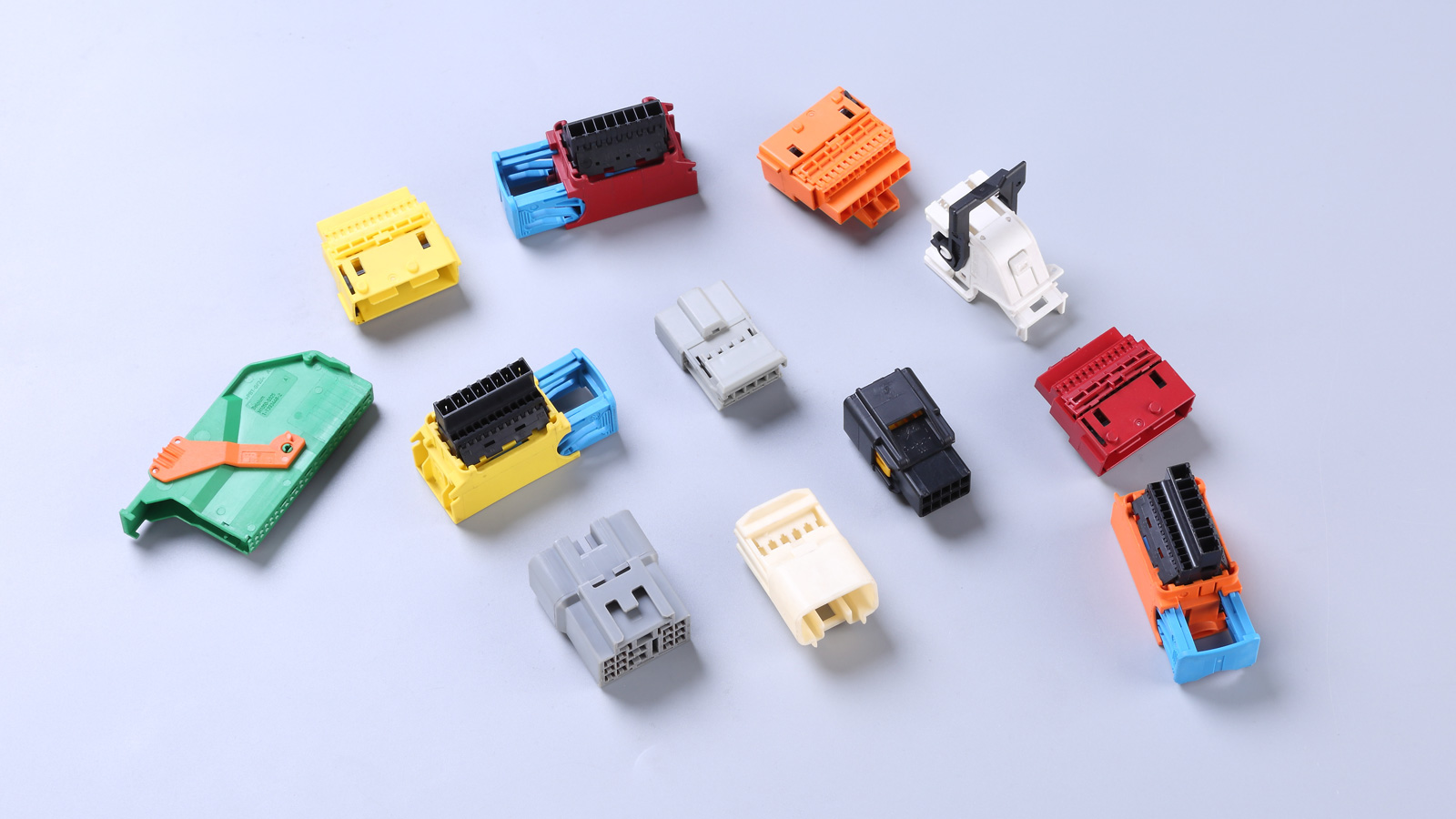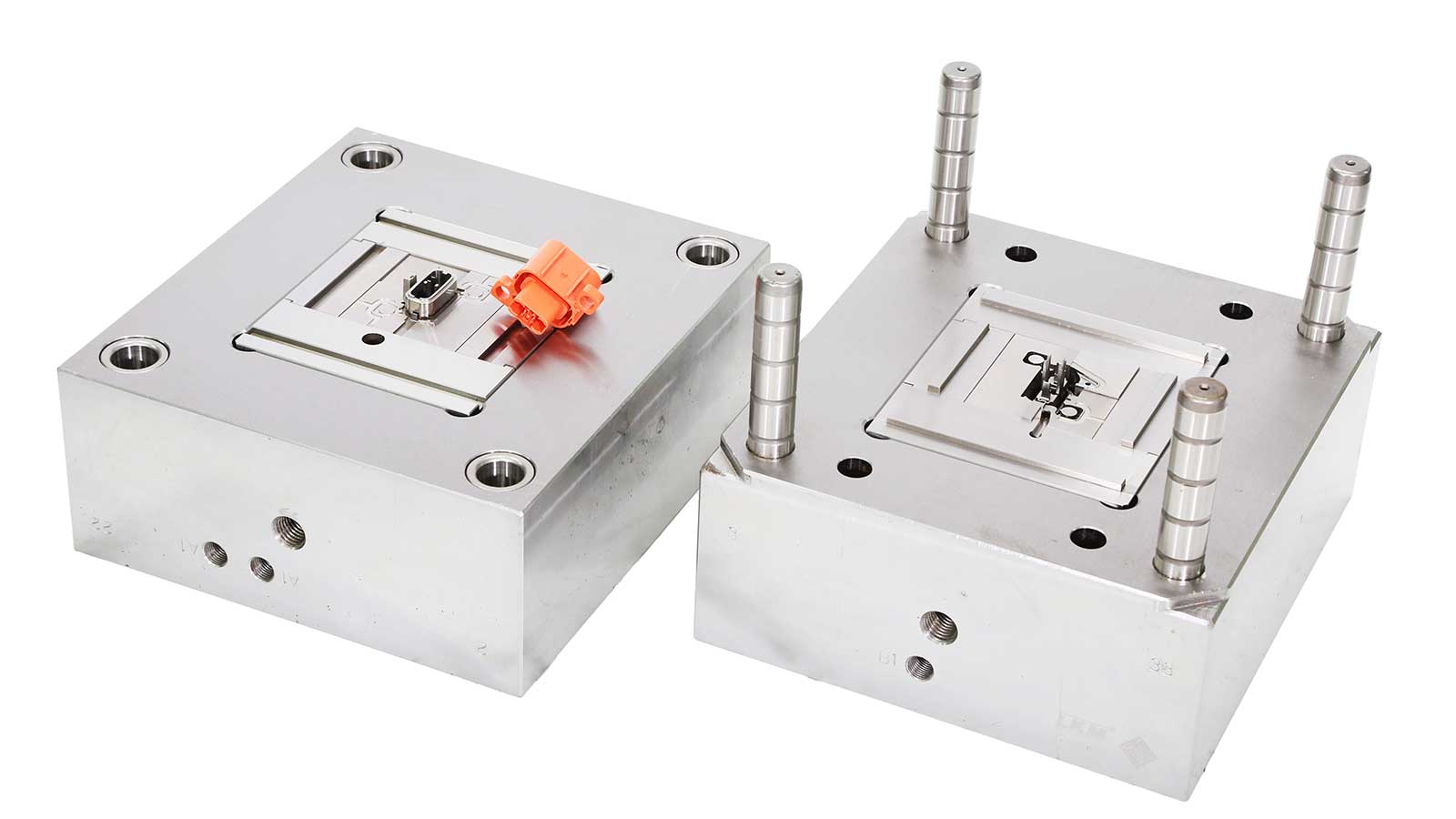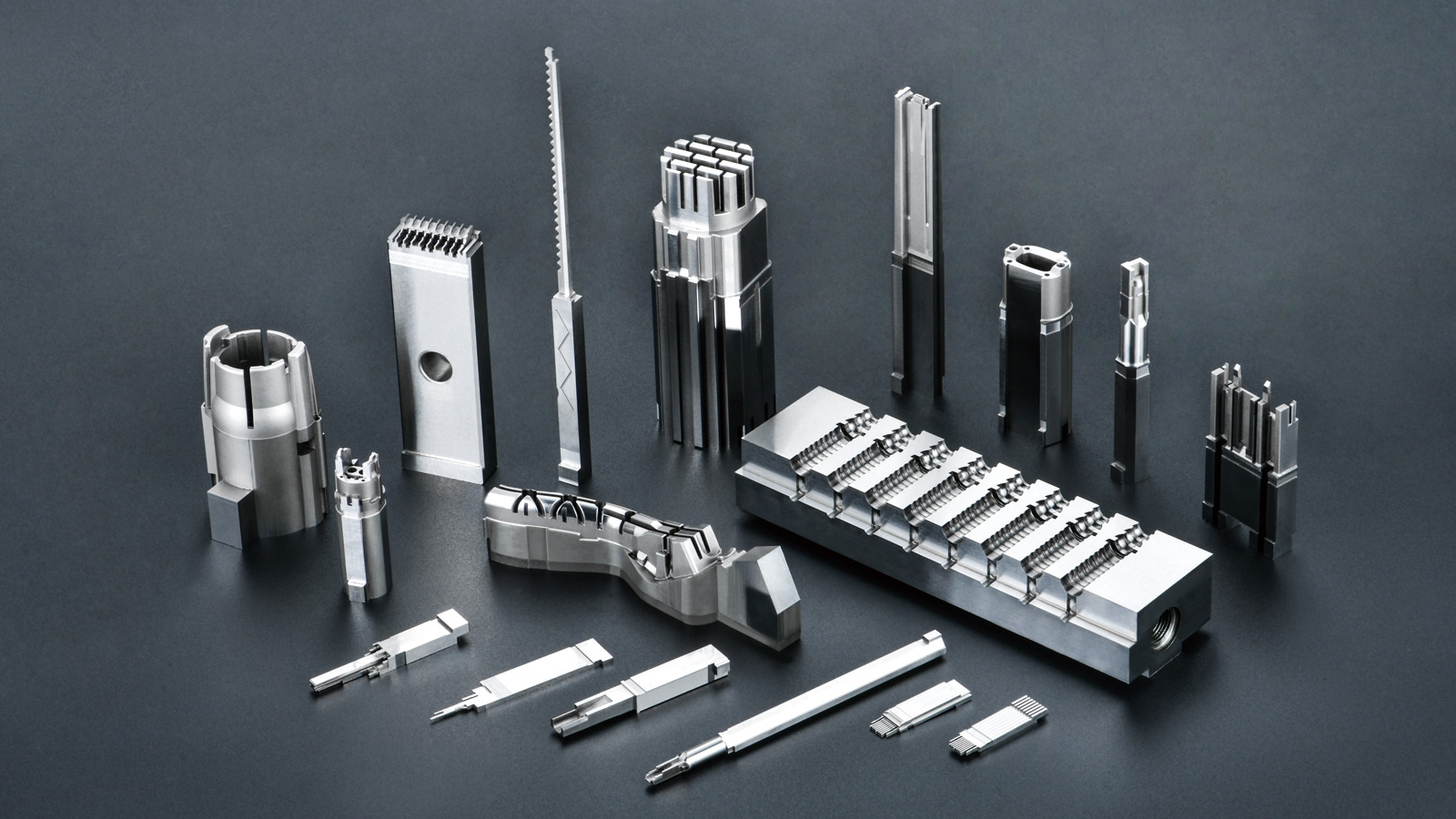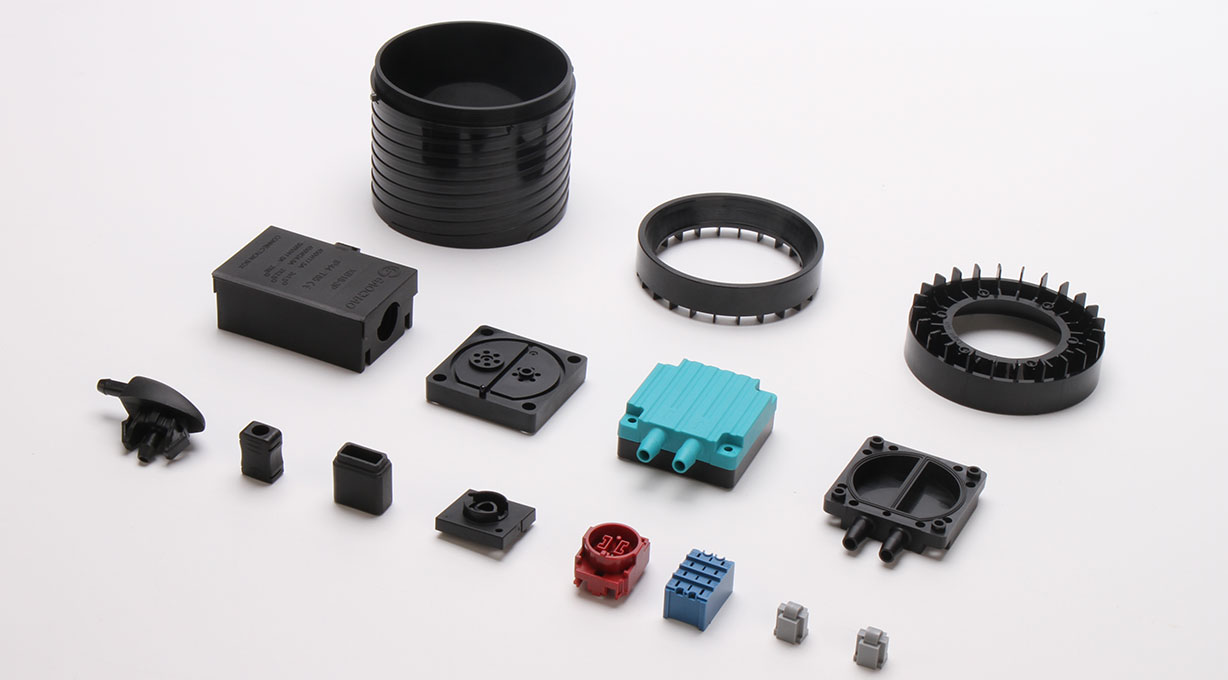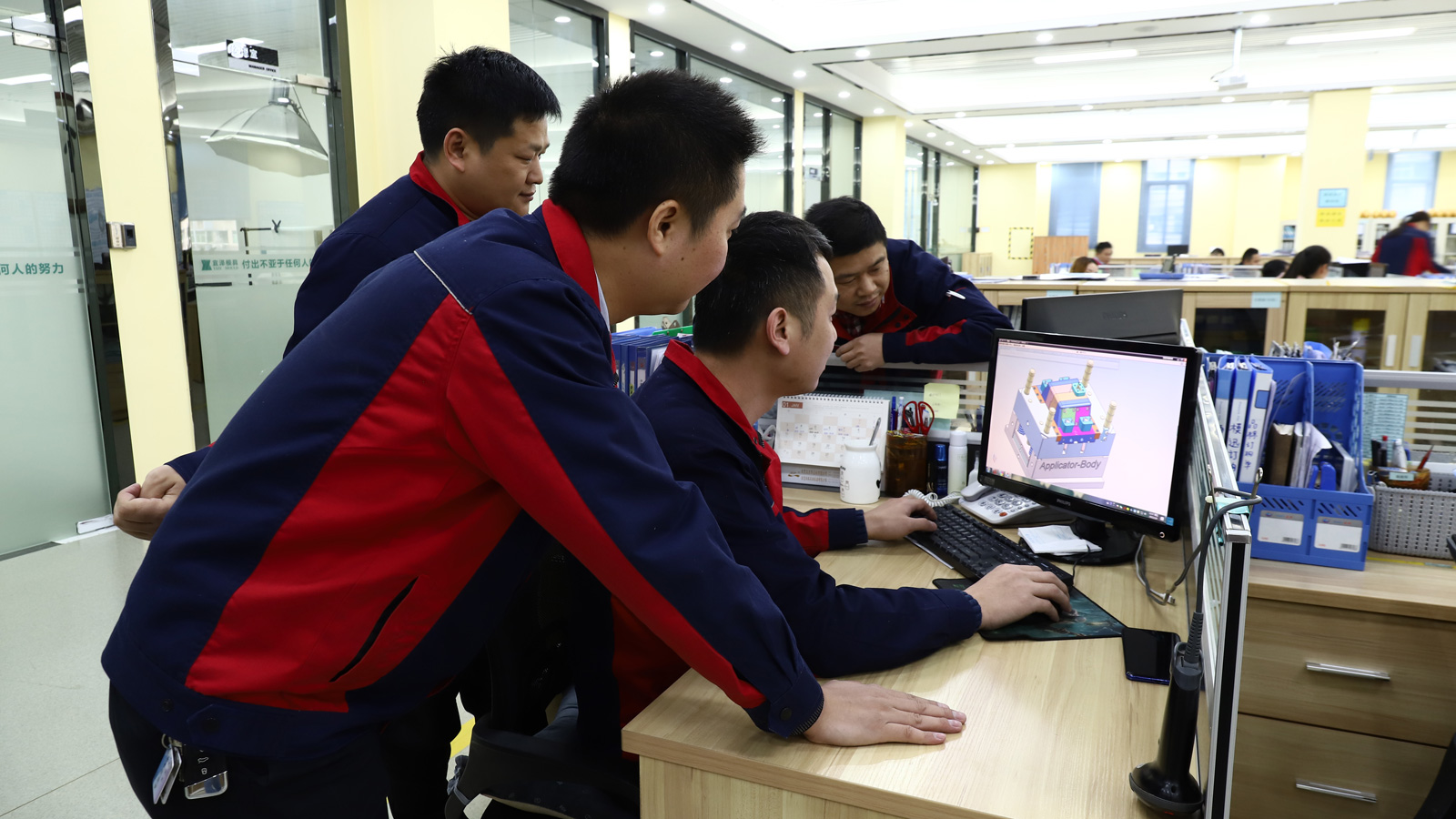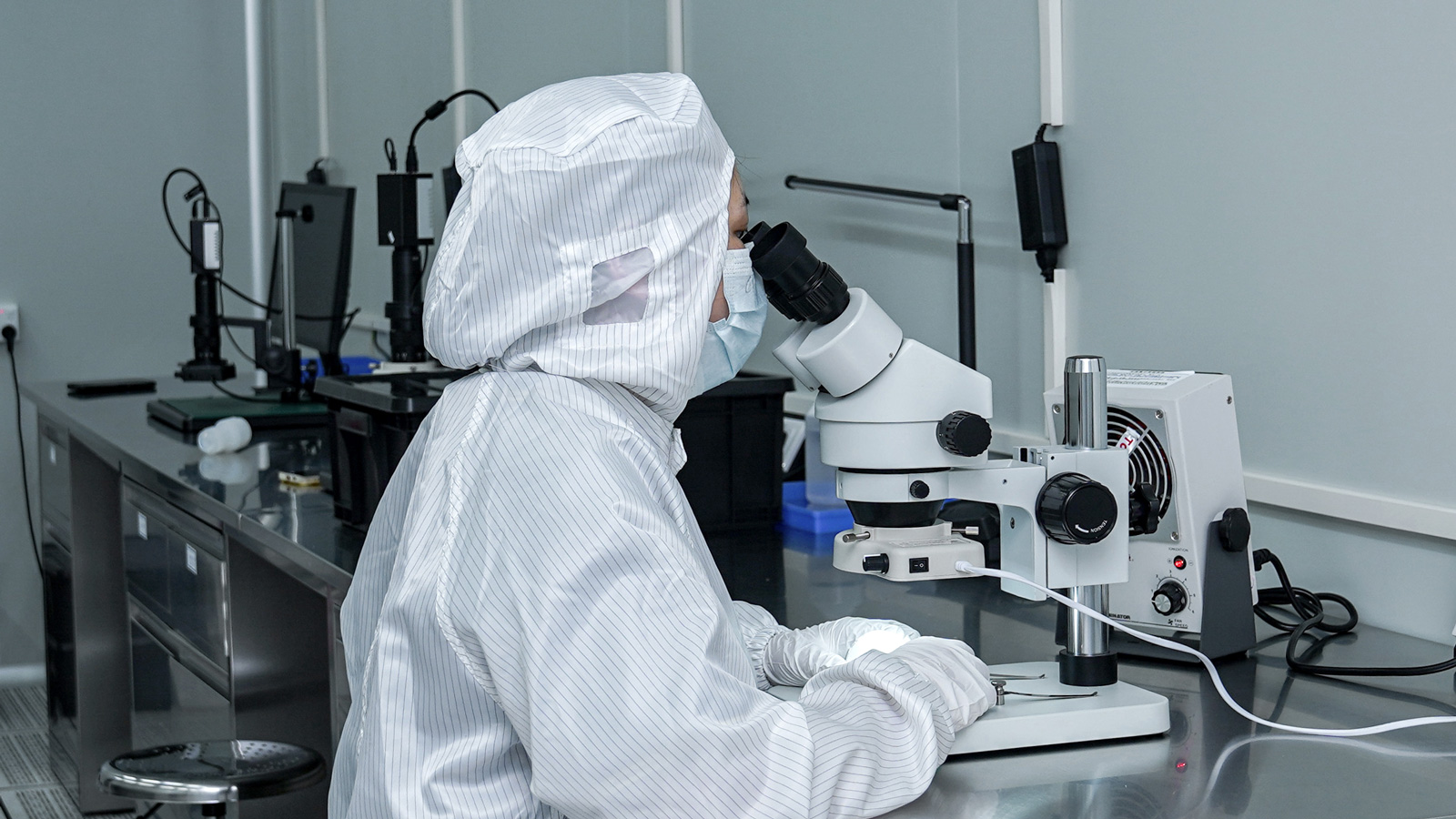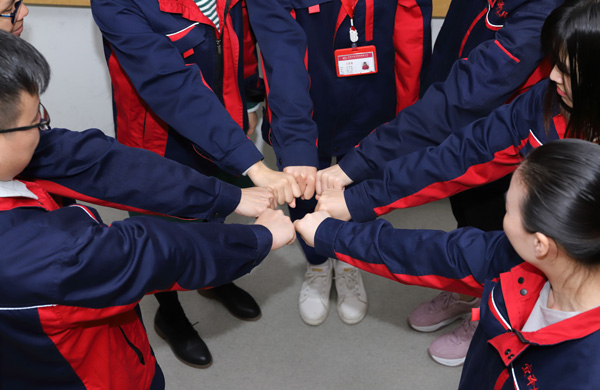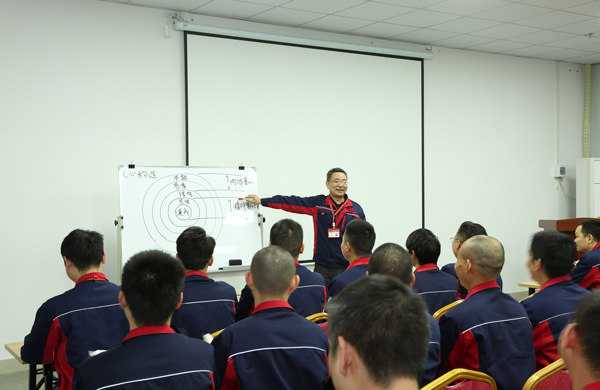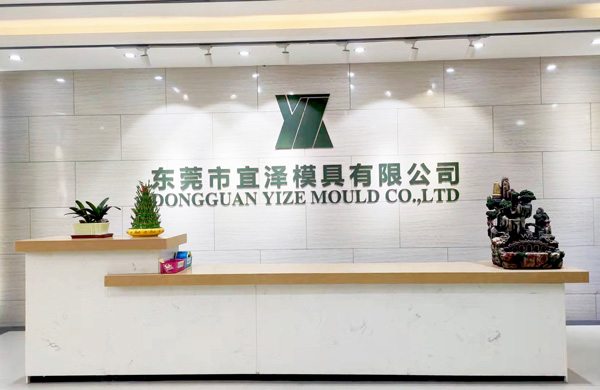In the process of injection molding, we occasionally encounter the troublesome short shot defect. In the face of this special situation, our first task is to deeply analyze its causes, so as to find the right medicine and an effective solution. After careful summary by many experienced engineers, the following are the main reasons for the short shot defect.
At its root, the occurrence of short shot is mainly due to the excessive resistance encountered by the molten plastic during the flow process, which makes the melt unable to continue to flow smoothly. There are many factors that affect the flow of molten plastic, among which the wall thickness of the plastic part, the temperature of the plastic injection mold, the pressure during injection molding, the temperature of the molten plastic and the composition of the plastic material are all key factors that cannot be ignored. Once these factors are out of control or improperly set, they may provide a breeding ground for short shot defects.
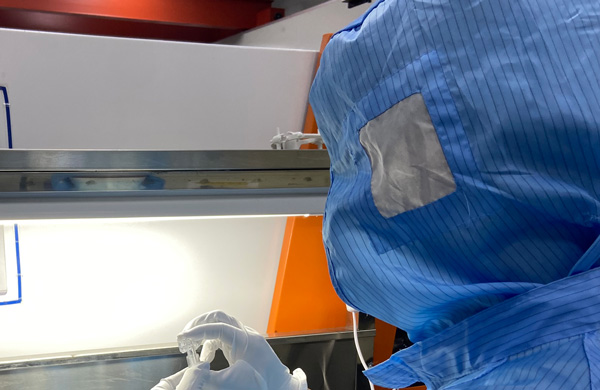
It is particularly noteworthy that when there are relatively weak structures (such as reinforcing ribs) in the plastic product at a position close to the gate or at a position perpendicular to the flow direction, the problems in the injection molding process are particularly prominent. When the molten plastic flows through these positions, it will encounter unprecedented forward resistance. However, in the main channel, due to the unimpeded flow, sufficient flow pressure is not formed. Only when the melt is filled in the main channel direction or enters the pressure holding stage, will sufficient pressure be generated to fill those stagnant flow areas. Unfortunately, at this time, these weak positions have already cooled and solidified due to the thin wall thickness, and the plastic melt has stopped flowing and cannot obtain heat supplement, which eventually leads to the occurrence of under-injection defects.
